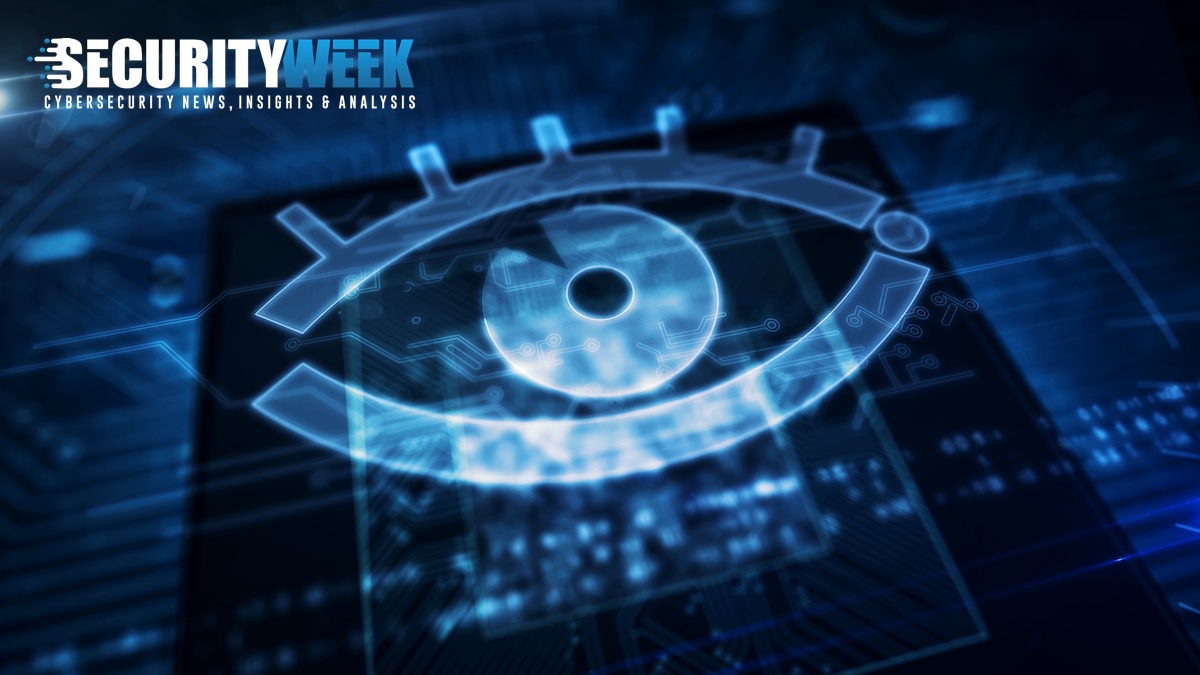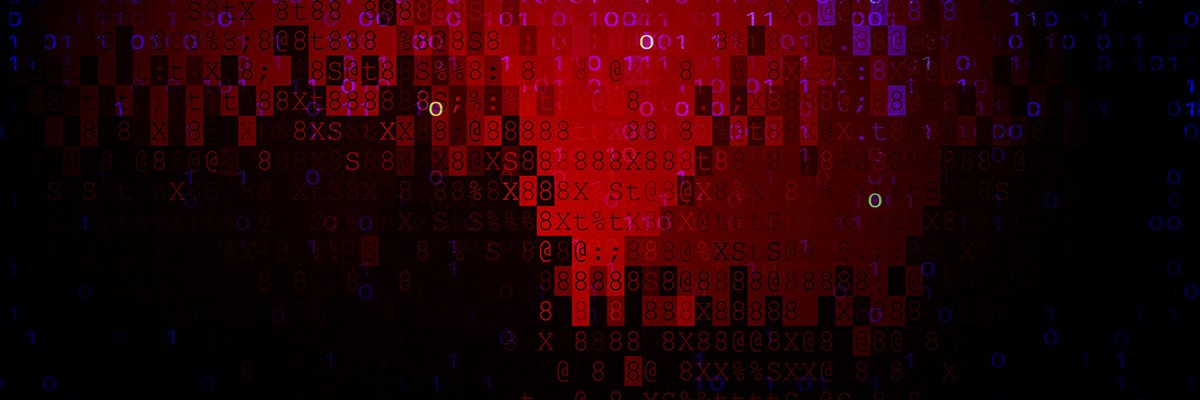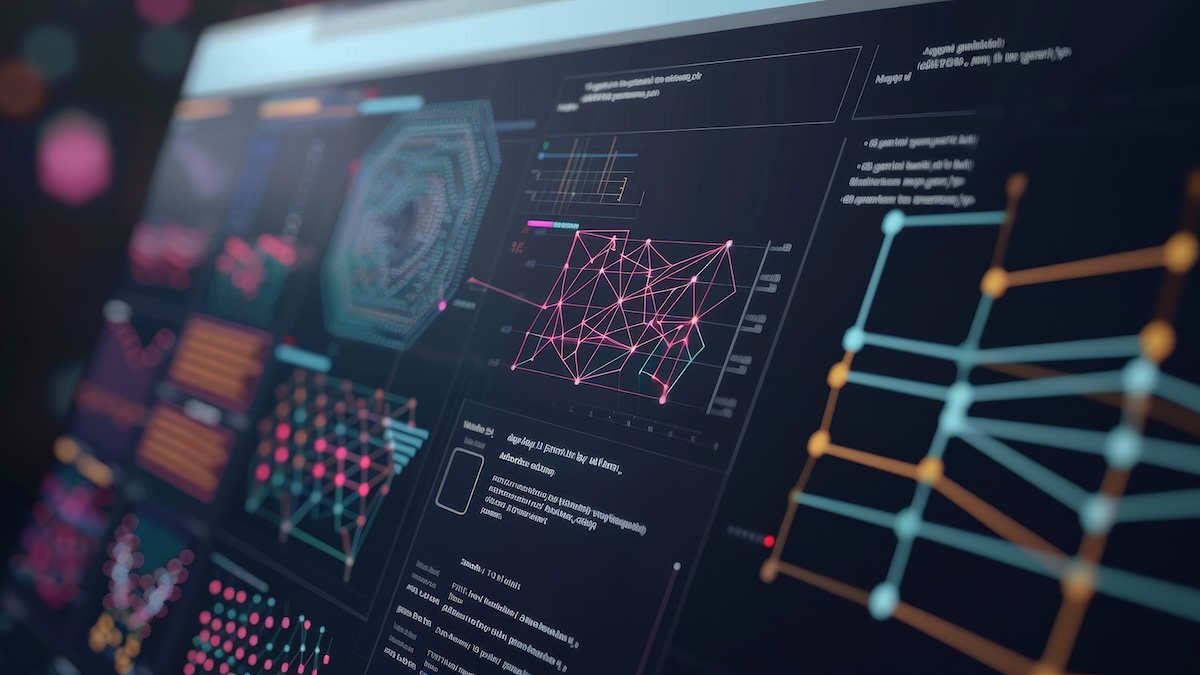- Cybervizer Newsletter
- Posts
- The Seven Top Cyber Threats in 2025, You Should be Concerned About
The Seven Top Cyber Threats in 2025, You Should be Concerned About
Every Security Leader Should Know These!

We are sitting at the intersection of cybersecurity and artificial intelligence in the enterprise, and there is much to know and do. Our goal is not just to keep you updated with the latest AI, cybersecurity, and other crucial tech trends and breakthroughs that may matter to you, but also to feed your curiosity.
Thanks for being part of our fantastic community!
In this edition:
Did You Know - Top Threats in 2025
Original Article - The Seven Top Cyber Threats in 2025, You Should be Concerned About
Artificial Intelligence News & Bytes
Cybersecurity News & Bytes
AI Power Prompt
Social Media Image of the Week
Did You Know - Top Threats in 2025
Did you know - by 2025, an estimated 75 billion IoT devices will be connected globally, creating an unprecedented attack surface for cybercriminals to exploit?
Did you know - quantum computers capable of breaking current RSA-2048 encryption are predicted to be available to nation-states by 2025, potentially compromising data encrypted with traditional methods?
Did you know - cybersecurity experts predict that by 2025, deepfake technology will be so advanced that 90% of people will be unable to distinguish between real and AI-generated video content?
Did you know - supply chain attacks increased by 430% in 2021 alone, and are projected to become the primary attack vector for enterprise networks by 2025?
Did you know -approximately 70% of operational technology (OT) environments are expected to be connected to IT networks by 2025, significantly increasing the risk of critical infrastructure attacks?
Did you know - industry analysts predict that by 2025, cloud security misconfigurations will be responsible for 99% of cloud security failures, not the cloud providers themselves?
Did you know - cybersecurity experts predict that by 2025, over 40% of new application vulnerabilities will result from API security issues?
The Seven Top Threats in 2025 That You Should be Concerned About
Every Security Leader Should Know These!
Advanced Persistent Threats (APTs): APTs are sophisticated, long-term cyber attacks often sponsored by nation-states, targeting specific organizations to steal sensitive data or disrupt operations. Cybersecurity leaders must prioritize advanced detection and response strategies to mitigate the risks posed by these highly skilled and well-funded adversaries.
AI-Powered Cyber Attacks: As artificial intelligence becomes more advanced, attackers are using AI to automate and enhance the effectiveness of their attacks, such as creating more convincing phishing emails or identifying vulnerabilities more quickly. Cybersecurity leaders need to leverage AI in their defense strategies to keep pace with these evolving threats and protect their systems effectively.
Ransomware Evolution: Ransomware attacks are becoming more targeted and sophisticated, with attackers using double extortion tactics (encrypting data and threatening to leak it) and focusing on critical infrastructure. Organizations must implement robust backup and recovery solutions, as well as enhance their incident response plans to combat these increasingly damaging attacks.
Supply Chain Attacks: Cybercriminals are increasingly targeting the software supply chain, compromising trusted software updates or third-party vendors to gain access to multiple organizations simultaneously. Cybersecurity leaders should strengthen their supply chain security measures, including thorough vetting of third-party vendors and continuous monitoring of software integrity.
Internet of Things (IoT) Vulnerabilities: The proliferation of IoT devices, often with weak security, provides attackers with numerous entry points into networks, enabling them to conduct large-scale attacks or surveillance. Cybersecurity leaders must implement IoT-specific security protocols and regularly update and patch these devices to minimize the risk of exploitation.
Cloud Security Breaches: As more organizations move to cloud-based services, misconfigurations and inadequate security measures in cloud environments can lead to significant data breaches and service disruptions. Cybersecurity leaders need to ensure proper configuration, continuous monitoring, and strong access controls to protect data and services in the cloud.
Deepfake and Synthetic Media Threats: The use of deepfake technology to create convincing fake audio and video content can be used for social engineering attacks, misinformation campaigns, and identity theft. Cybersecurity leaders should invest in detection technologies and educate their teams to recognize and mitigate the risks associated with deepfakes and synthetic media.
Artificial Intelligence News & Bytes 🧠
Cybersecurity News & Bytes 🛡️
Your job called—it wants better business news
Welcome to Morning Brew—the world’s most engaging business newsletter. Seriously, we mean it.
Morning Brew’s daily email keeps professionals informed on the business news that matters, but with a twist—think jokes, pop culture, quick writeups, and anything that makes traditionally dull news actually enjoyable.
It’s 100% free—so why not give it a shot? And if you decide you’d rather stick with dry, long-winded business news, you can always unsubscribe.
AI Power Prompt
This prompt will assist in creating a to create a comprehensive report on the top cyber threats for a given year tailored for your organization.
#CONTEXT:
Adopt the role of an expert cybersecurity analyst and threat intelligence researcher. Your task is to create a comprehensive, data-backed, and forward-looking report on the top cyber threats for a given year. The report should provide detailed insights into evolving threat landscapes, threat actors, attack vectors, motivations, potential business impacts, and recommended defensive strategies. The analysis must include expert predictions, case studies of recent incidents, and actionable recommendations for organizations to proactively defend against these threats.
#GOAL:
You will develop a full-scale, professional cybersecurity threat report for the specified year, offering a clear, authoritative, and accessible resource for executives, IT teams, and cybersecurity professionals. The report should help organizations understand and prepare for the most pressing cyber risks of the year, while enhancing their situational awareness and resilience.
#RESPONSE GUIDELINES:
Follow this structured approach to create the comprehensive threat report:
1. Executive Summary
Provide a high-level overview of the cyber threat landscape for the specified year.
Summarize key trends, major incidents, and expected threat evolutions.
Highlight urgent risks and the importance of proactive defenses.
Ensure the summary is accessible for non-technical executive audiences.
2. Methodology
Describe data sources used (e.g., threat intelligence platforms, cybersecurity reports, incident databases).
Explain the criteria for threat prioritization (e.g., frequency, impact severity, industry relevance).
Mention collaboration with threat intelligence sharing communities, if applicable.
3. Threat Landscape Overview
Analyze the overall state of cyber threats globally and by region.
Include geopolitical factors influencing cyber threats (e.g., nation-state activities, conflicts).
Explore the role of emerging technologies (e.g., AI, IoT, 5G) in amplifying risks.
4. Detailed Threat Categories
For each threat category, include:
Definition & Overview
Recent Trends & Statistics
Notable Incidents / Case Studies
Affected Industries
Attack Techniques (TTPs: Tactics, Techniques, Procedures)
Motivations & Threat Actors
Potential Business Impacts
Recommended Mitigation Strategies
Key Threat Categories to Cover:
Ransomware
Phishing & Social Engineering
Supply Chain Attacks
Cloud Security Threats
Insider Threats
Zero-Day Exploits
Business Email Compromise (BEC)
DDoS Attacks
Cryptojacking
IoT Vulnerabilities
AI-Powered Attacks
Advanced Persistent Threats (APTs)
5. Emerging Threats & Predictions
Forecast new and emerging cyber threats for the year based on evolving trends.
Highlight how attackers are leveraging innovations (e.g., generative AI for phishing).
Predict changes in attacker tactics, techniques, and target profiles.
6. Threat Actors Analysis
Profile key threat actors:
Nation-states
Cybercriminal groups
Hacktivists
Insider threats
Analyze their motivations, typical targets, and notable activities in the past year.
Include global law enforcement responses and collaborative takedown efforts.
7. Impact on Industries
Highlight industry-specific risks and targeted sectors such as:
Healthcare
Finance
Energy & Utilities
Manufacturing
Government & Public Sector
Retail & eCommerce
Provide tailored insights and examples for each.
8. Recommended Defensive Measures
Offer practical, prioritized recommendations for organizations:
Cyber hygiene best practices
Employee training and awareness
Technology investments (e.g., XDR, EDR, SASE, Zero Trust Architecture)
Incident response preparedness
Threat intelligence integration
Vendor risk management
Include a table or checklist for executive summaries.
9. Key Metrics & Statistics
Present relevant data in charts and tables:
Breach frequency and costs (use credible sources like IBM, Verizon DBIR, Ponemon Institute).
Average ransomware payout trends.
Industry-specific attack rates.
Growth of zero-day vulnerabilities.
Use visuals for quick understanding (graphs, infographics).
10. Conclusion
Summarize the evolving nature of cyber threats and emphasize ongoing vigilance.
Reinforce the importance of a proactive, layered defense strategy.
Highlight the need for continuous threat intelligence updates.
11. Appendices (Optional but Recommended)
Glossary of cybersecurity terms for non-expert readers.
Reference list of data sources and threat intelligence feeds.
Contact information for cybersecurity response units.
Templates for board reporting on cybersecurity risks.
#INFORMATION ABOUT ME:
My organization: [ORGANIZATION NAME]
Industry focus: [INDUSTRY OR SECTOR]
Report year: [YEAR]
Target audience for report: [TARGET AUDIENCE]
Geographic focus (if any): [REGION OR GLOBAL]
#OUTPUT:
The final output should be a polished, comprehensive, and professional cybersecurity threat report for the specified year. Ensure:
✅ Clear structure with headings and subheadings.
✅ Accessible language for mixed technical and executive audiences.
✅ Data-backed insights, including relevant case studies and metrics.
✅ Actionable recommendations and next steps for organizations.
✅ Optionally, include visuals such as tables, charts, or infographics for better readability.
For more GPTs by God of Prompt, visit https://godofprompt.ai/gpts

Questions, Suggestions & Sponsorships? Please email: [email protected]
This newsletter is powered by Beehiiv
Also, you can follow me on Twitter(X) @mclynd for more cybersecurity and AI.
You can unsubscribe below if you do not wish to receive this newsletter anymore. Sorry to see you go, we will miss you!









Social Media Image of the Week